Lighting in the kitchen. Nuances of choice and design ideas
To create coziness and comfortable conditions in the kitchen requires the use of a separate light source for each part of the room. Depending on the layout, you should correctly approach the installation of lighting fixtures. When choosing and placing them, it is necessary to take into account the style parameters, color shades of the interior, to determine the number of lamps, the area of the kitchen zone is measured.
Kitchen Lighting Options
To illuminate the kitchen, there are many options for fixtures. They allow you to create the necessary saturation of light and a unique style. The following lamp types are used for this room:
- LED light. Such a lamp has an unlimited life and is considered the most economical. It can be produced in the form of a tape with built-in LEDs.
- Luminescent. It has a long life and gently diffuses light. Available in several shades of lighting.
- Incandescent lamp. It does not flicker during operation, it may contain a regulator that changes the light voltage, has a long-term service.
Kitchen Ceiling Lighting
In the kitchen, the top lighting should be evenly dispersed to all objects and distributed to the working area. A built-in LED lamp would be the best option for such purposes. It goes well with lighting panels and suspended ceilings.
In a kitchen with a painted ceiling, a rectangular lamp with a built-in LED strip will look best. This type of lighting with uniform scattering of rays is able to illuminate the entire kitchen area.
Installing rotary lights will help diversify the interior. Their fasteners are made in the form of a movable bracket, so it will be practical to use them under hinged cabinets. This type is convenient in that their brightness can be muted or increased.
An LED strip can be installed in the interior of the cabinets. This idea is suitable for fans of high-tech style. General-purpose appliances can illuminate several large kitchen work areas.
Large area kitchen lighting
Lucky owners of large kitchens can be invited to illuminate the entire room with LED lamps that can rotate in different directions. Installing small spotlights will be an additional option. They will simultaneously illuminate some interior details, as well as the entire area of the room.
In a large kitchen, pendant lighting will help to brighten certain areas of the room brightly. Linear LED lights or chandeliers with several lamps are also good for a large area.
The kitchen can be divided into zones and to save energy, turn off unnecessary lighting fixtures, and use only the necessary at a particular time. For example, illuminate only a bar or dining table. This method will also add romance to the interior of the room.
Small kitchen lighting
In a kitchen with a small area, single and spot versions of fixtures are used. Single mount on the pantograph arm and flexible bracket. This allows you to move them around the room. Spotlights are usually mounted under a hinged mezzanine or used in LED luminaires.
The length of the cords of fixtures depends on the height of the ceiling of the kitchen. They should be placed slightly above the mezzanines. It is important that the lighting does not interfere with the opening of the doors of the kitchen.
Linear lighting with integrated LEDs will be the best option for a low-ceilinged kitchen. Also here, to highlight dark areas, it is recommended to install lamps with mobile brackets.
Work area lighting
Lighting from the main light source in the kitchen should fall on the working area. Local devices are used to illuminate the working part of the room. They can be built into the bottom of the hanging cabinets, screwed between the ceiling and mezzanines.
For kitchens where all utensils are placed on countertops, hidden lighting elements are a good fit. The interior can be complemented by decorative sconces. Only they need to be selected in style and color. They will give the kitchen a special atmosphere.
Luminaires for stand-alone operation should be used if the room is not cluttered with furniture and cabinets. In this case, the entire perimeter of the kitchen will be fully lit with minimal energy consumption.
Light above the dining area
Eating should be comfortable throughout. This rule also applies to lighting. Over the dining table, you can set the lighting of different types and colors. Pendant LED devices that are mounted to the ceiling and have the ability to lengthen or shorten the cord are able to emphasize the style of the room in a special way.
Lighting devices can have colored or frosted glass, mosaic elements. Their use will create a cozy and romantic atmosphere, as well as become a unique design decision.
Using a sconce or pantograph lamps, you can illuminate both the kitchen work areas and the dining area.
Kitchen / living room lighting
Modern kitchens have ample space. Lighting in them can be installed both on walls and on ceilings. An extractor hood is usually installed above the stove, which can be equipped with built-in LED devices. Together with the main source of lighting, they will be able to illuminate the entire room.
If there is no hood in the kitchen, LED appliances with adjustable consoles will be able to supplement the main lighting. Light incident from swivel lights should not get into your eyes, so diffusing lampshades should be used. The working area of the kitchen needs intense lighting. Above the dining table, the light should be soft, not to tire your eyesight.
Photo gallery of ideas

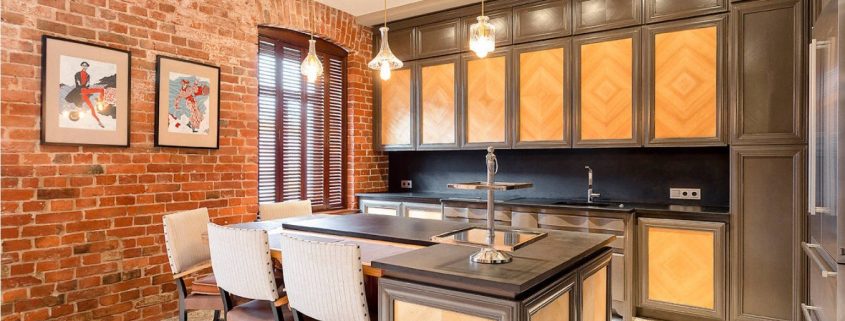








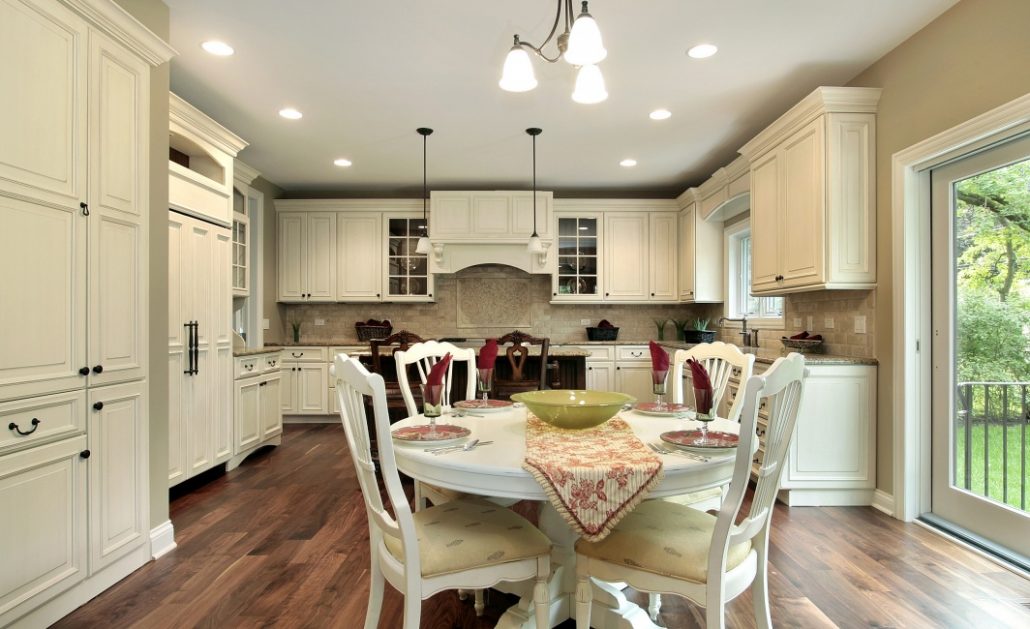
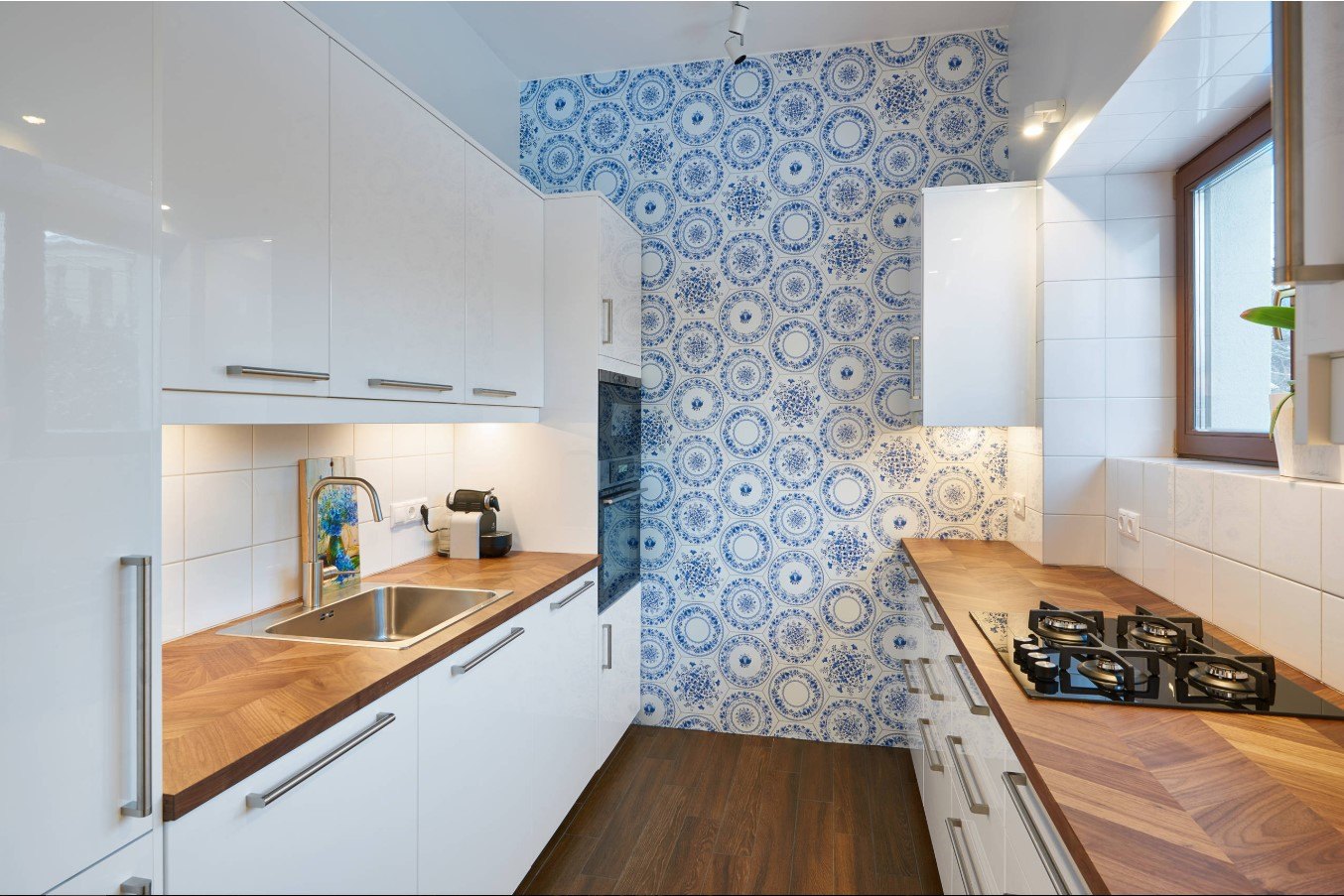




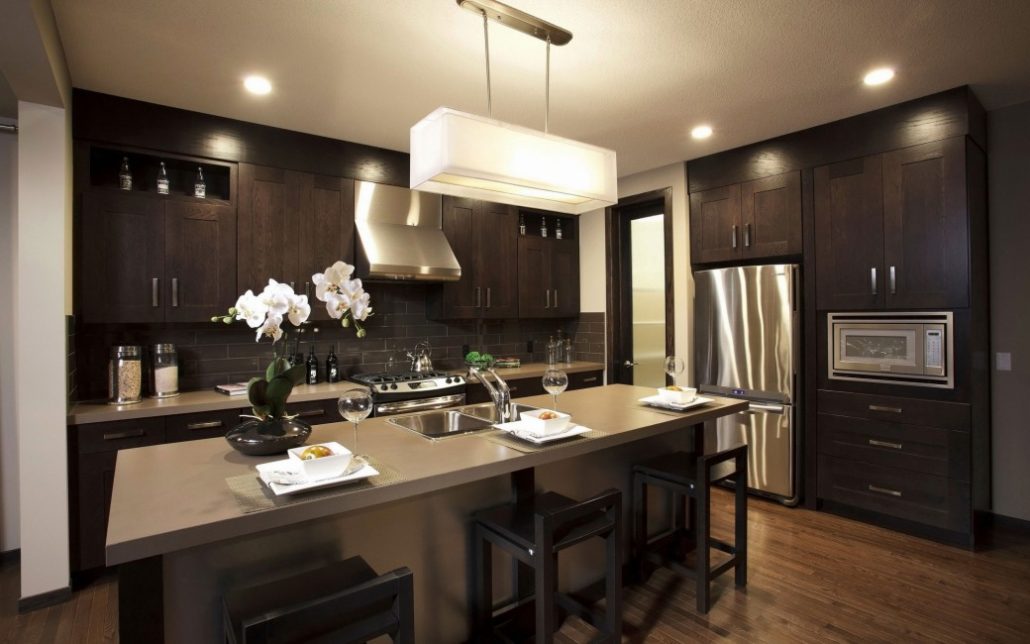




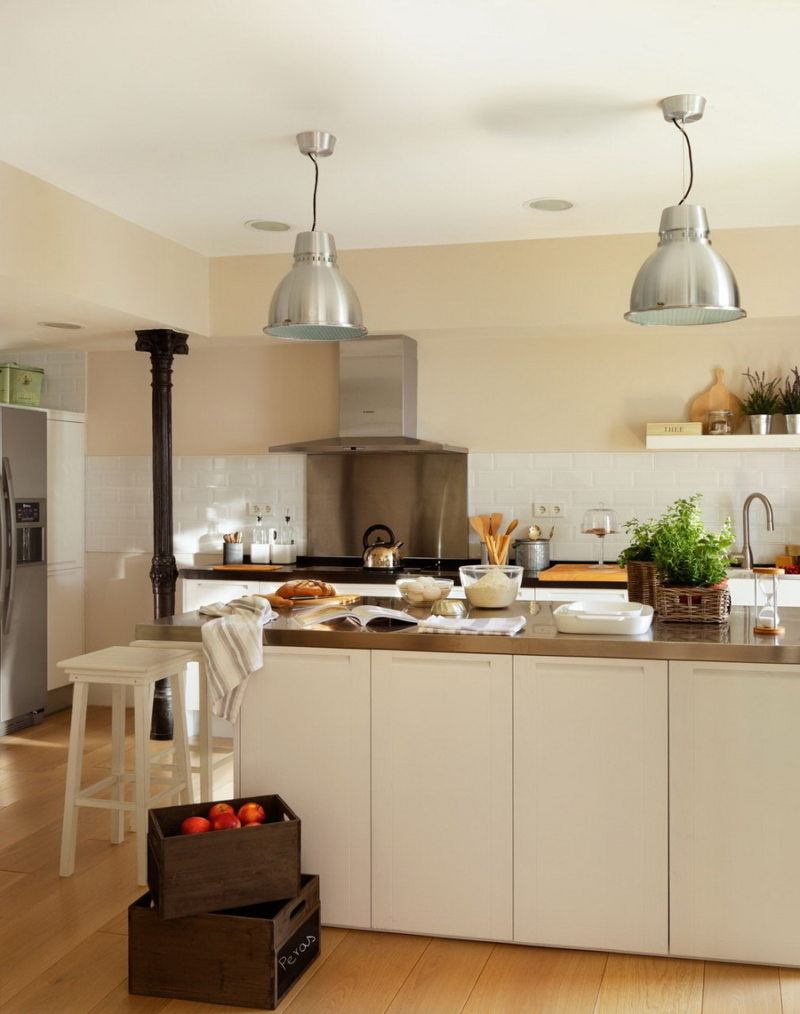

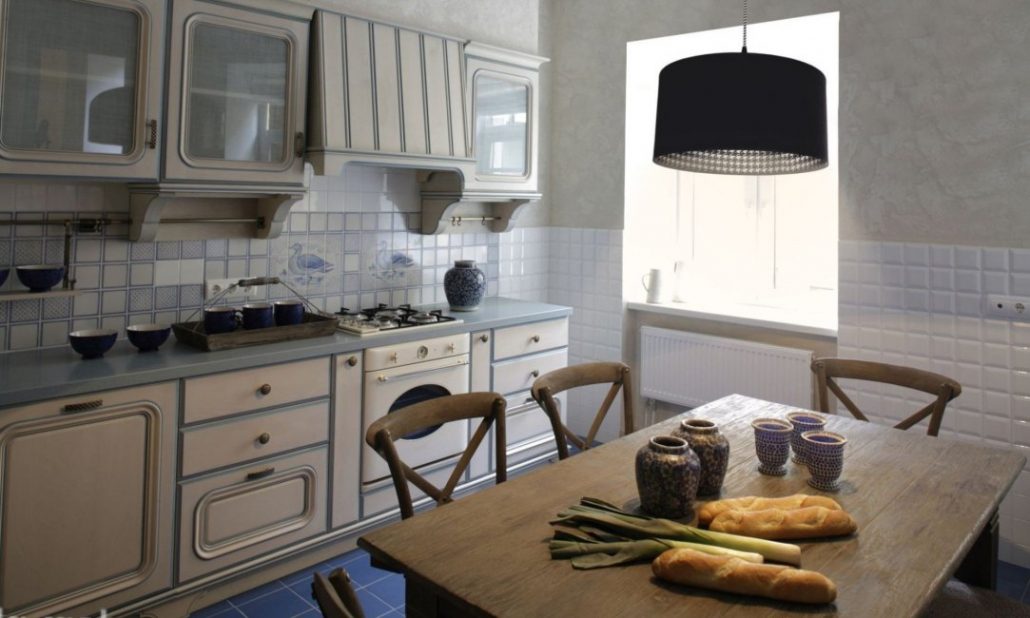



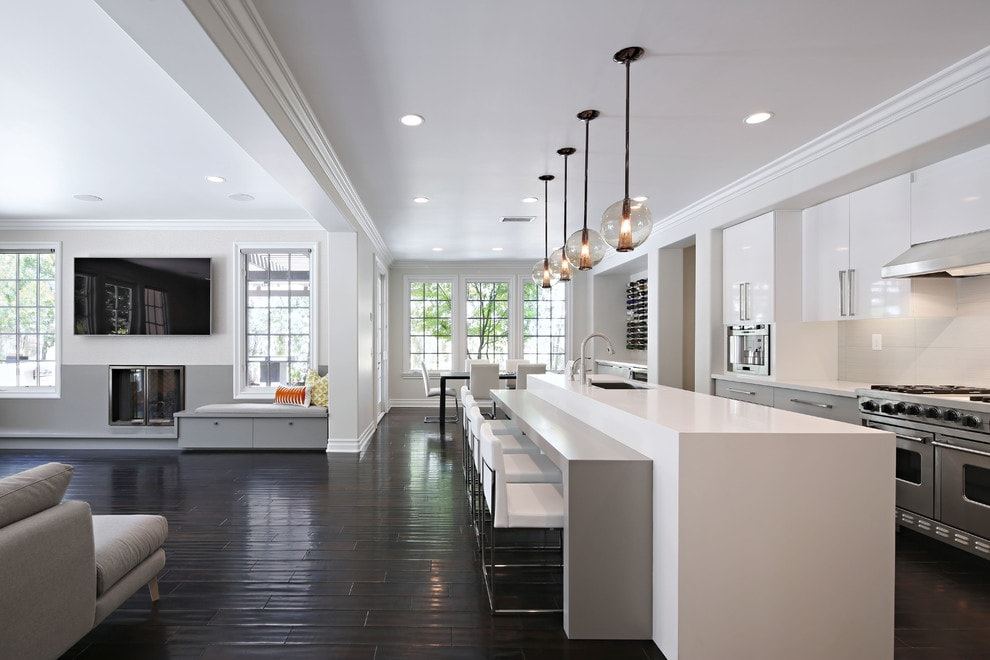


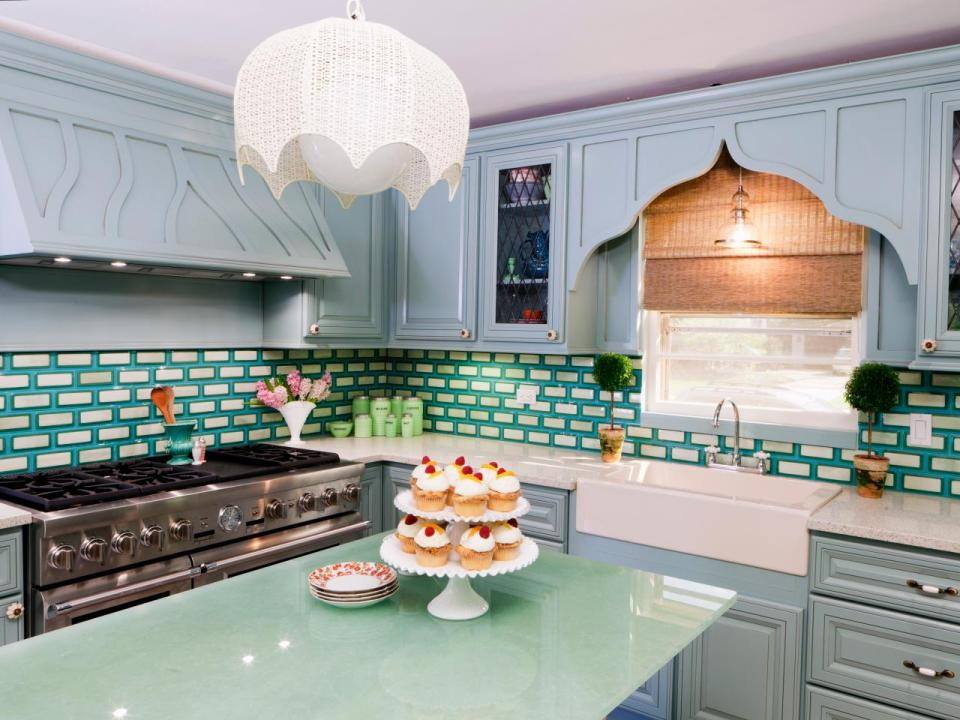

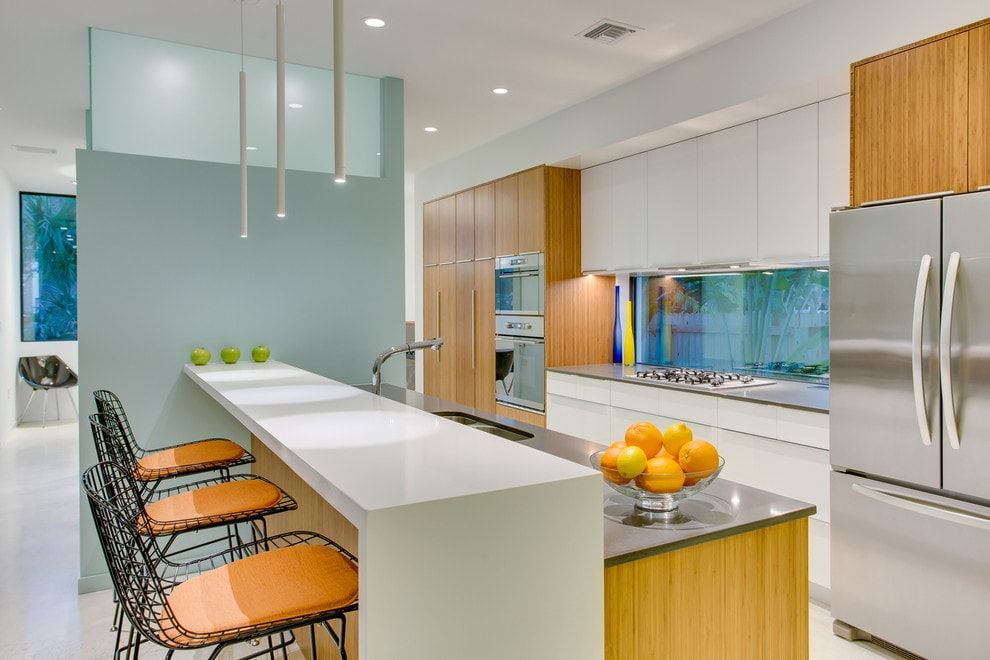
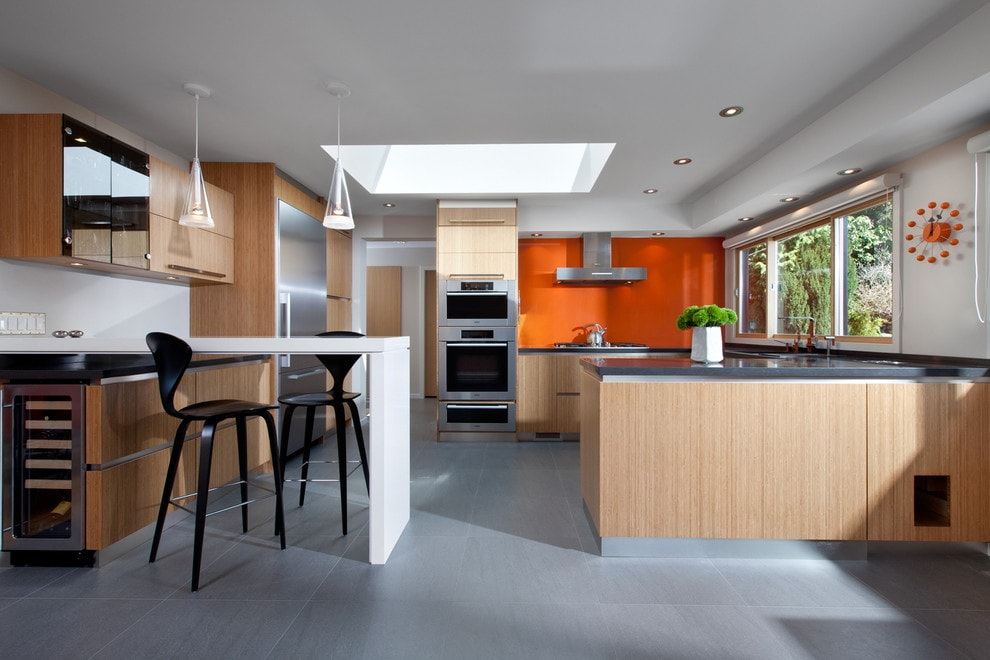
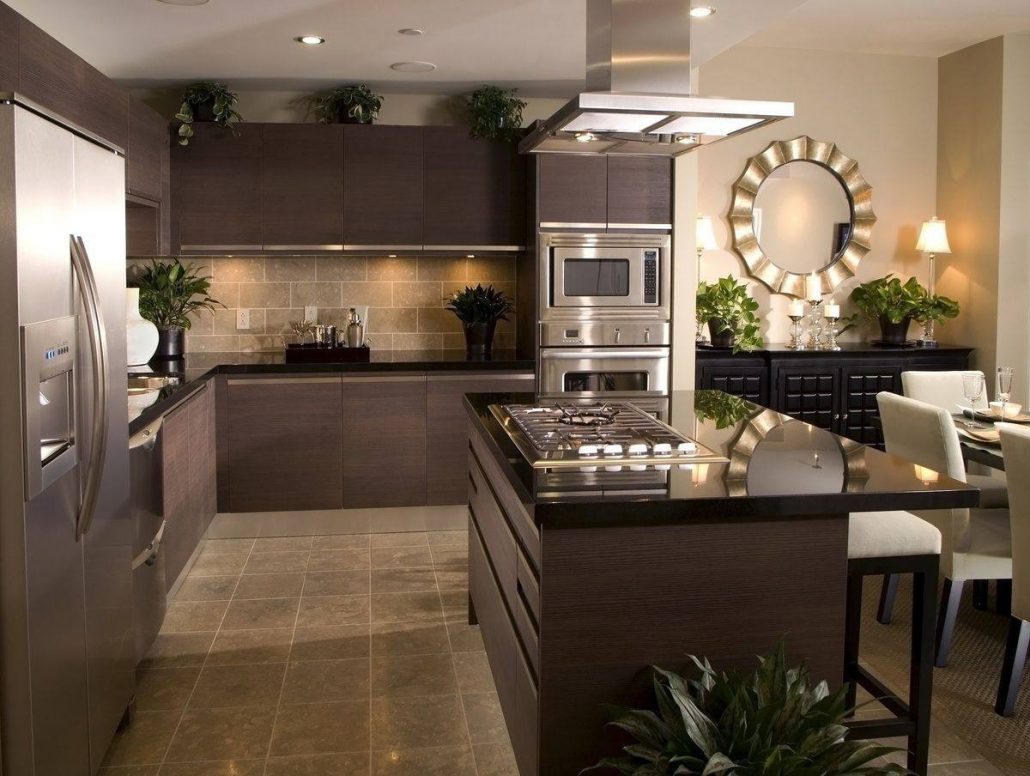


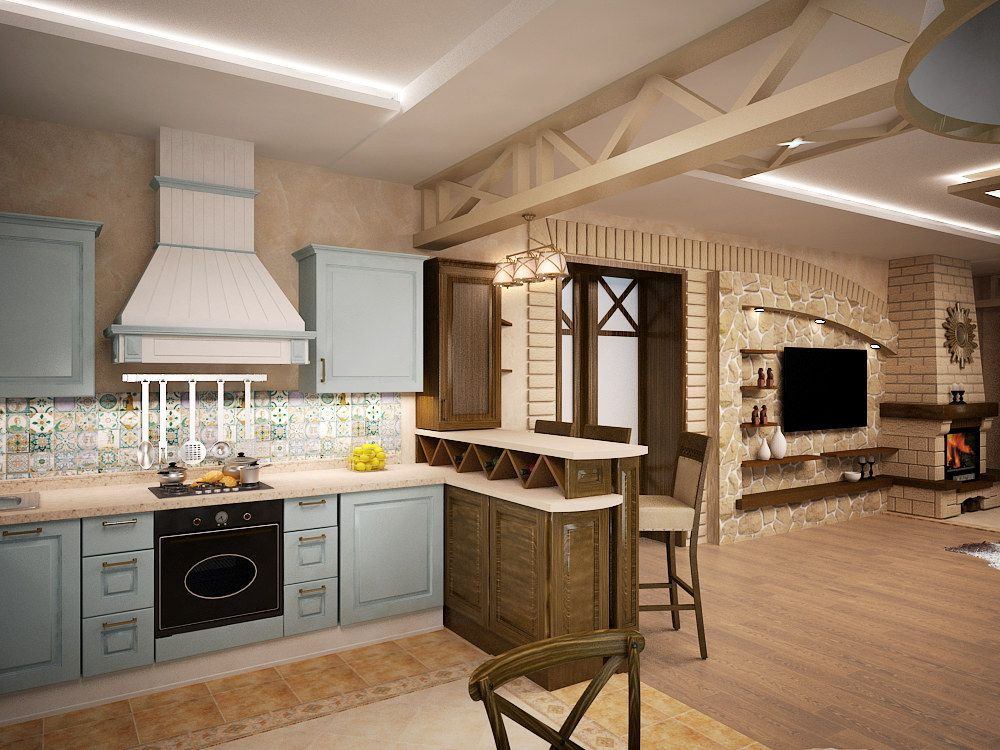

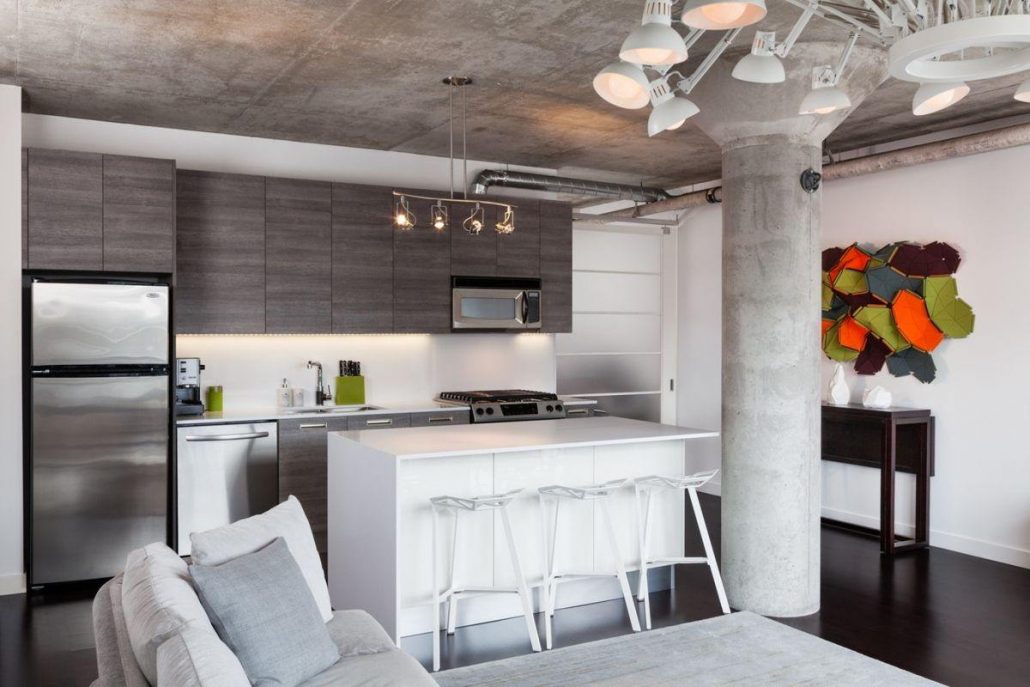
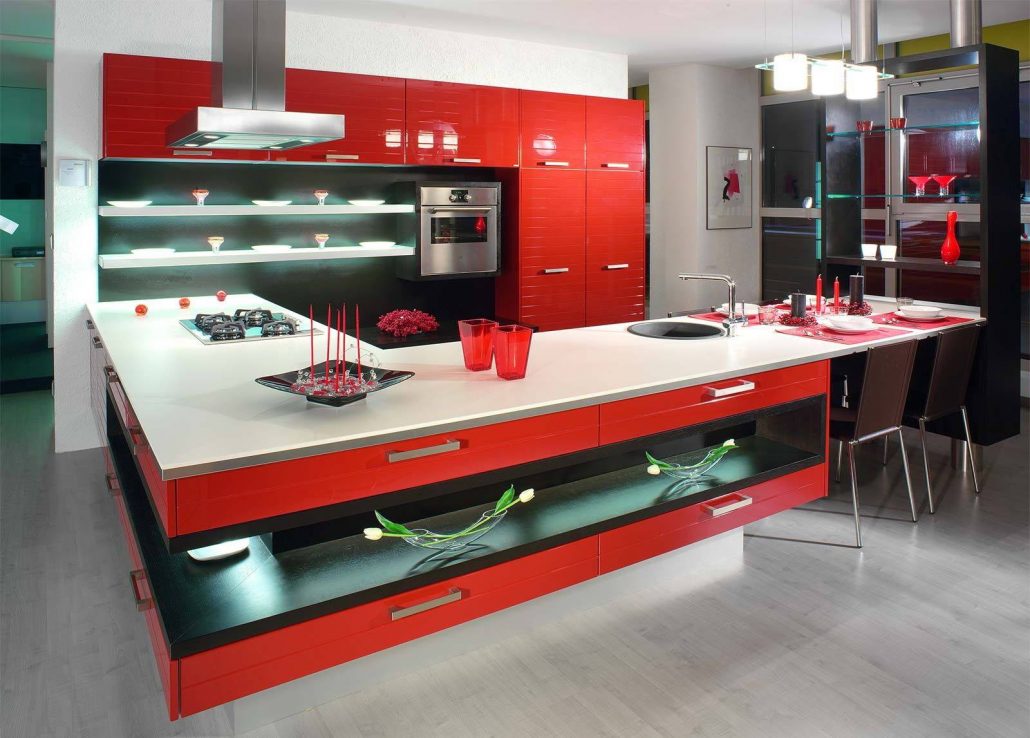

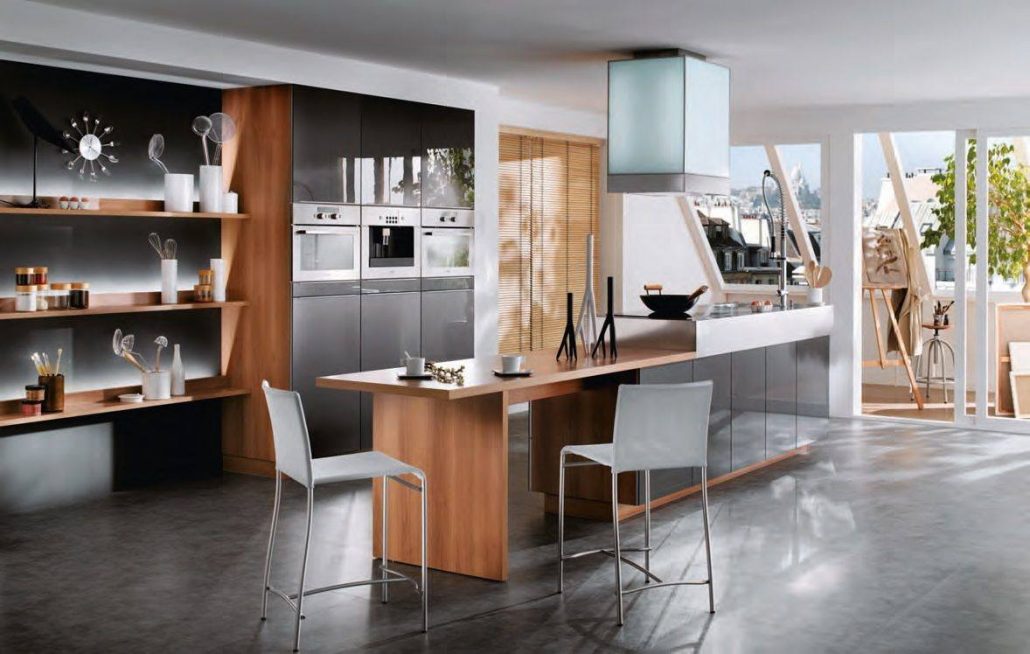
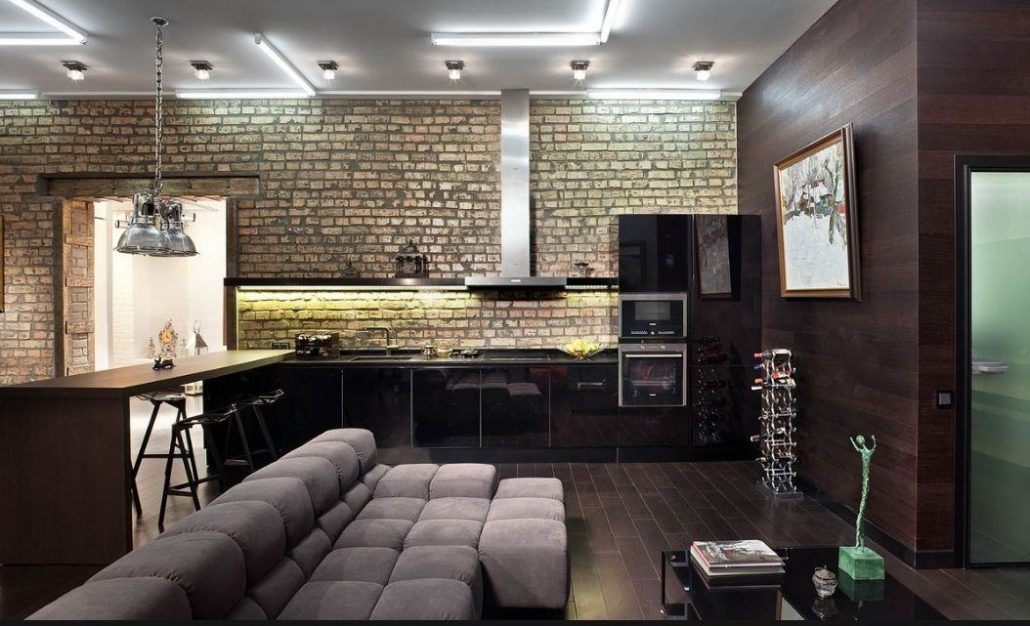

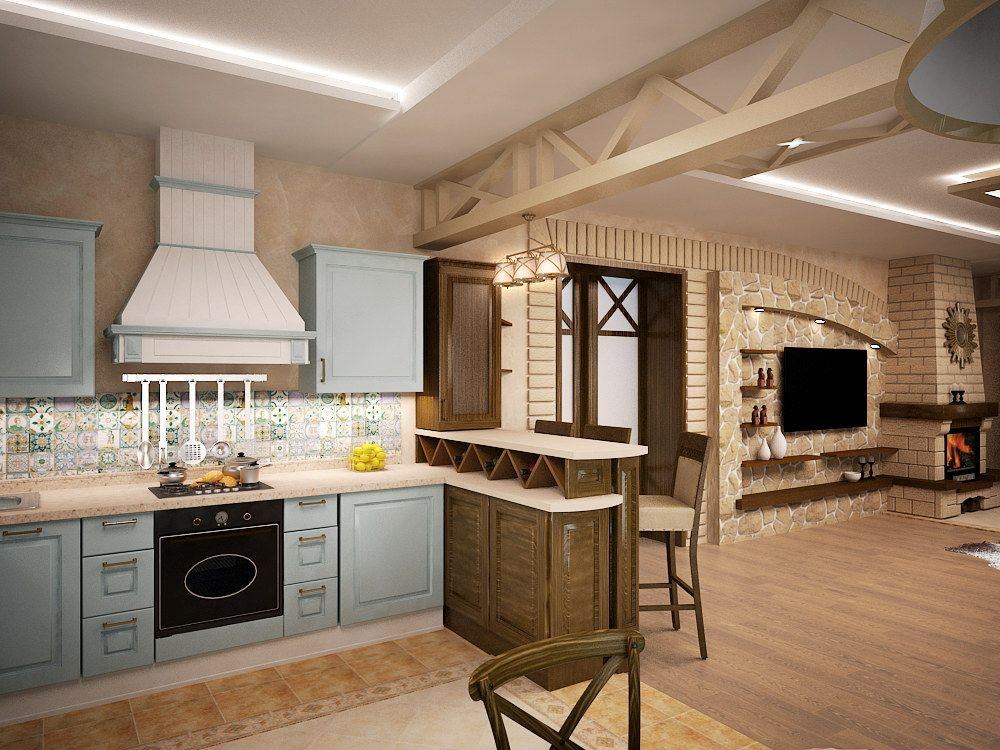
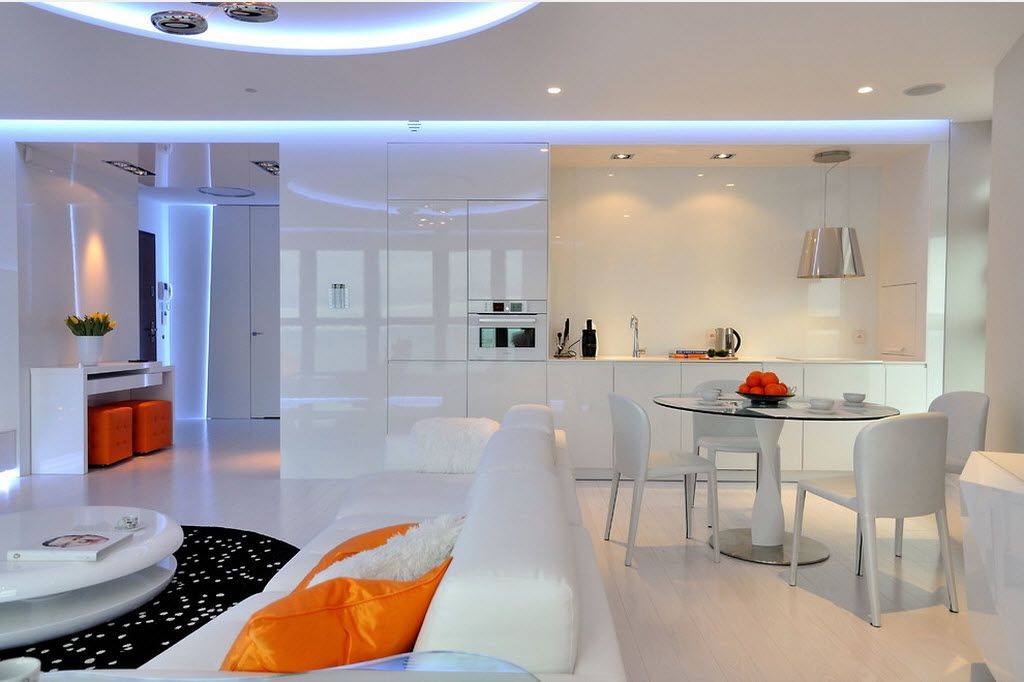
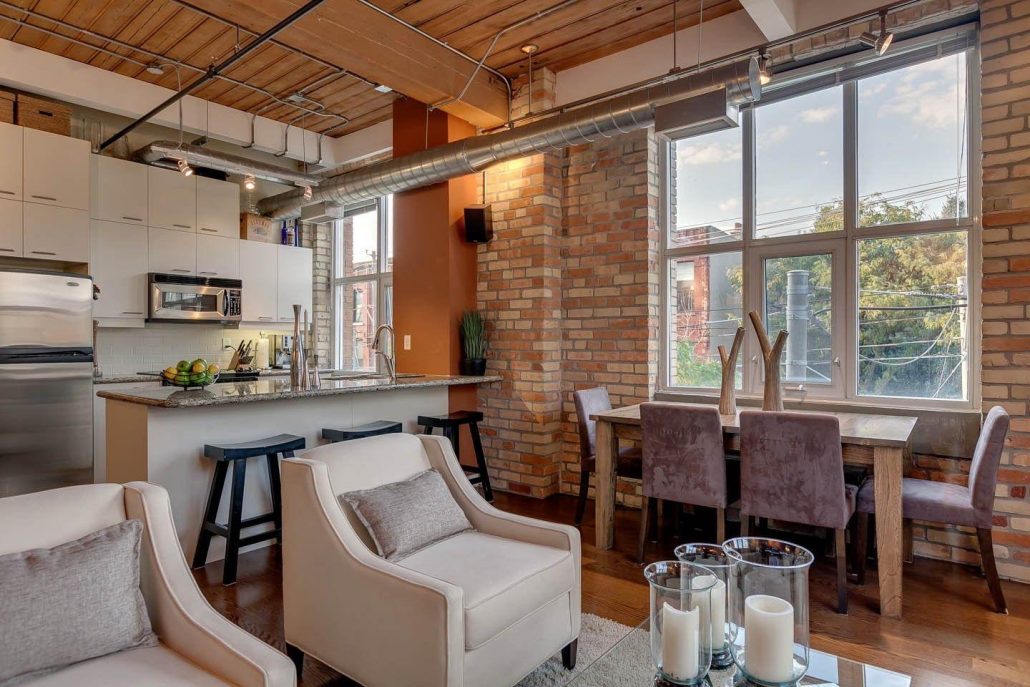
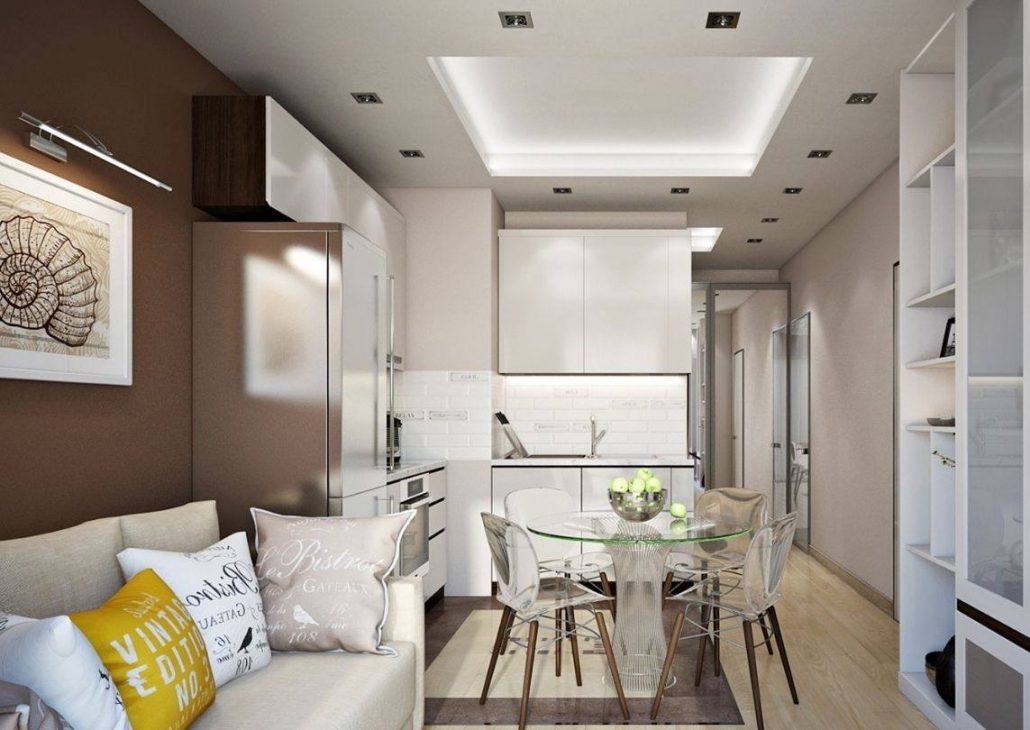
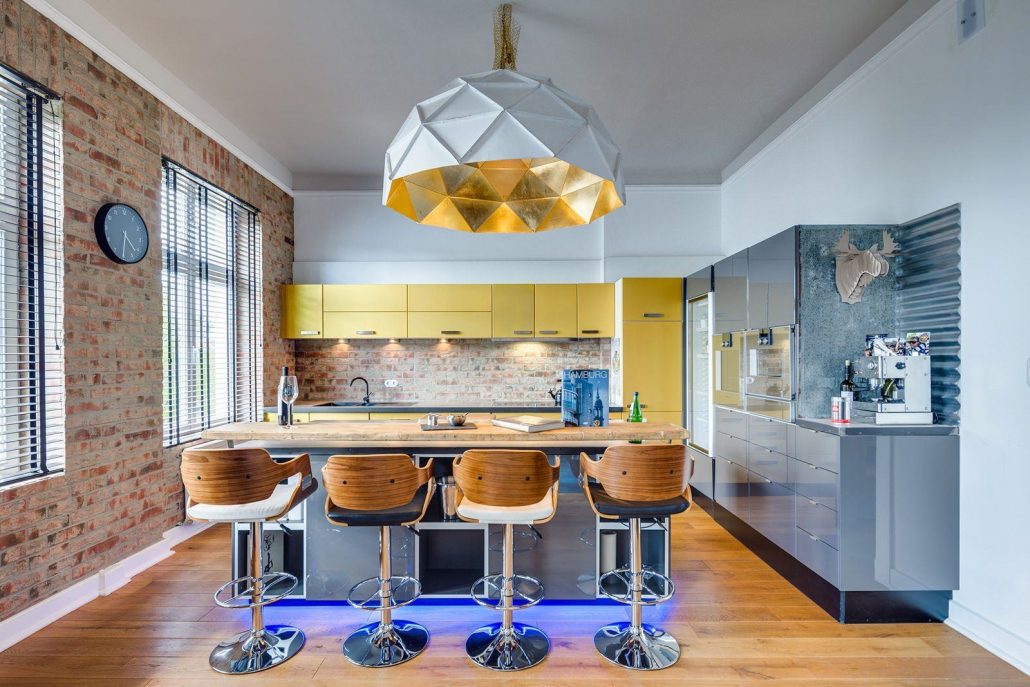
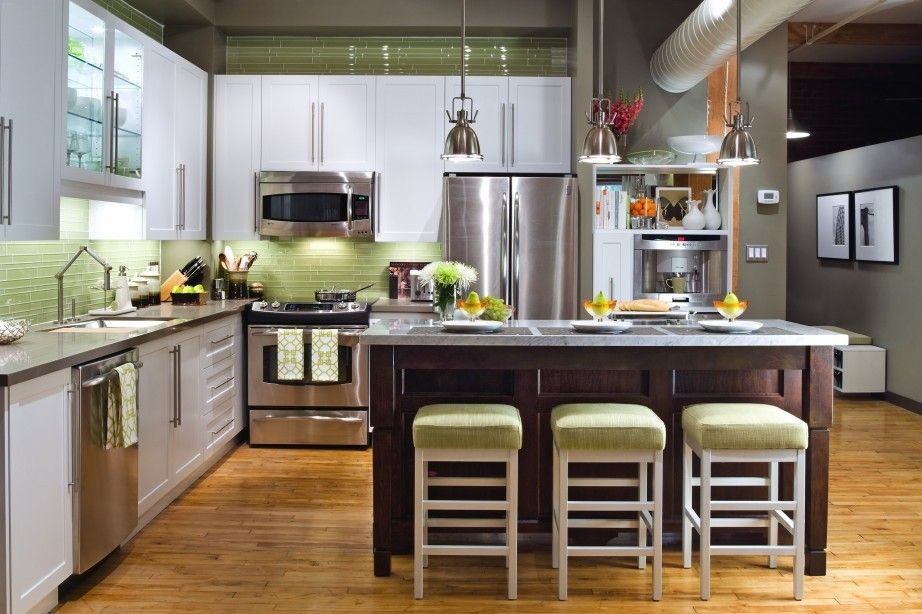

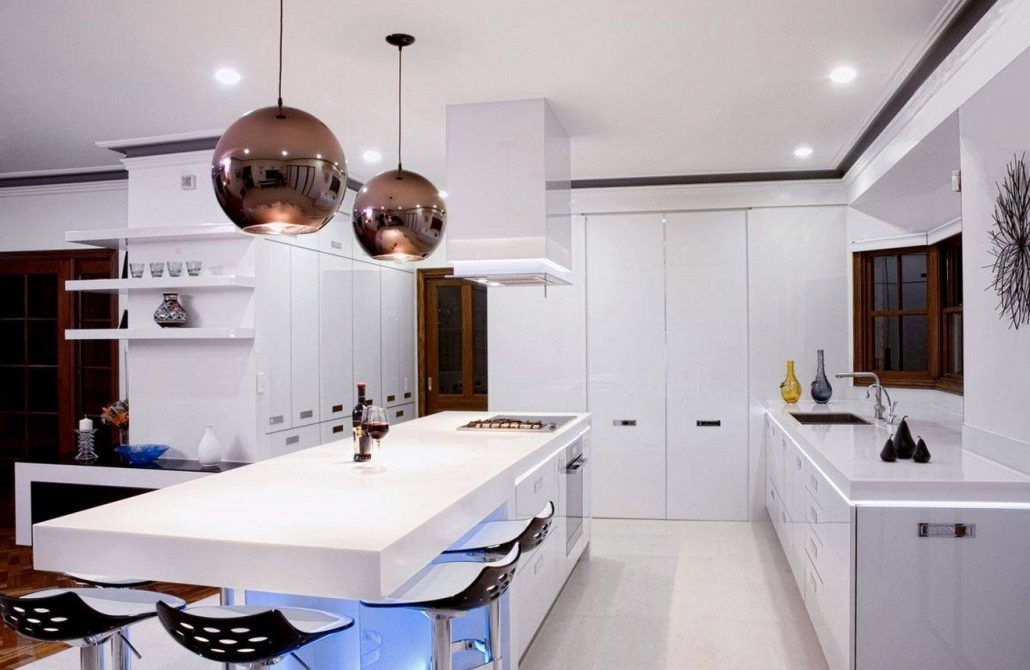
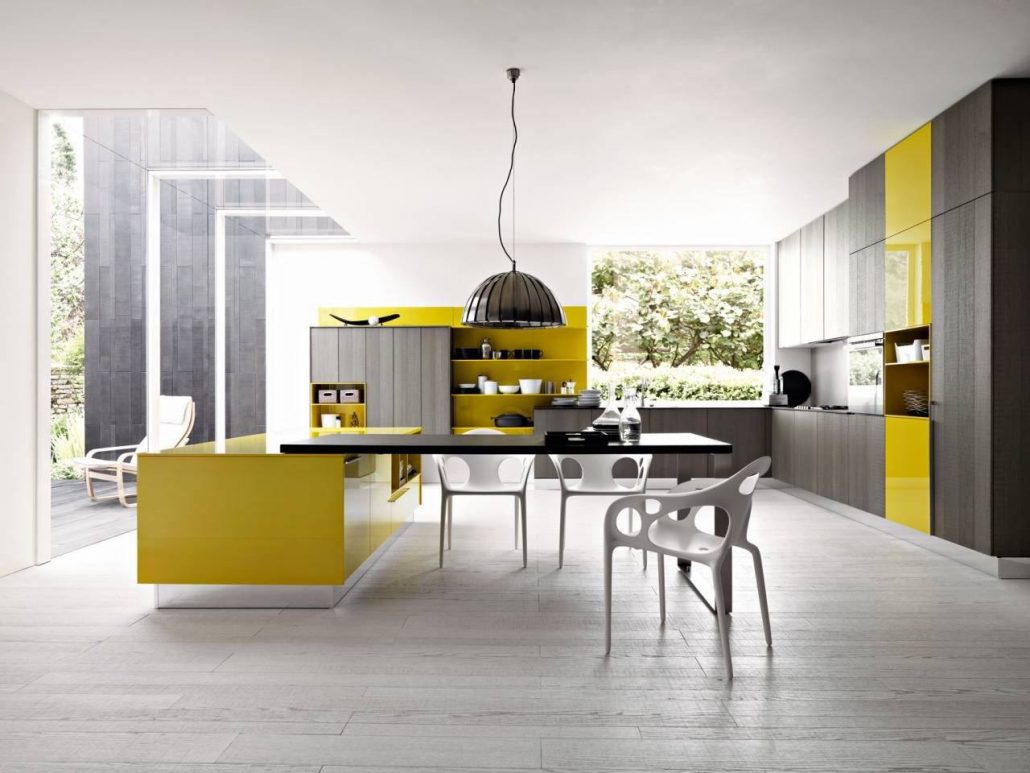
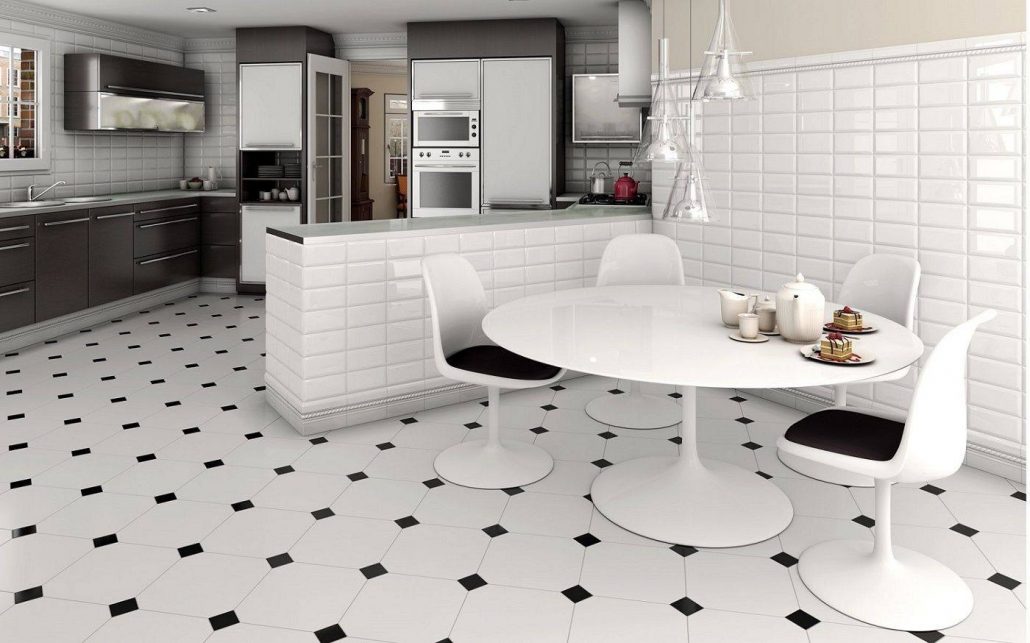

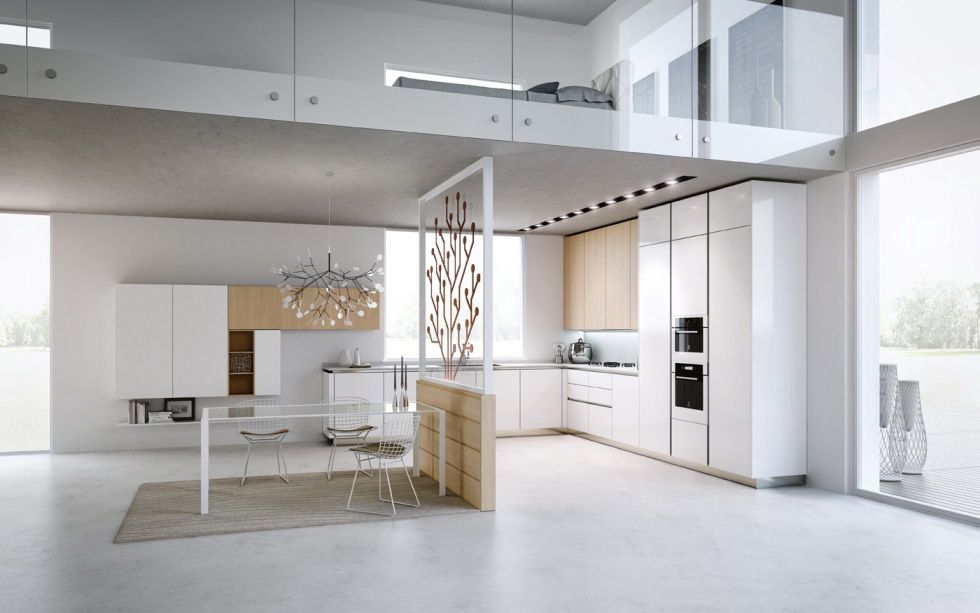



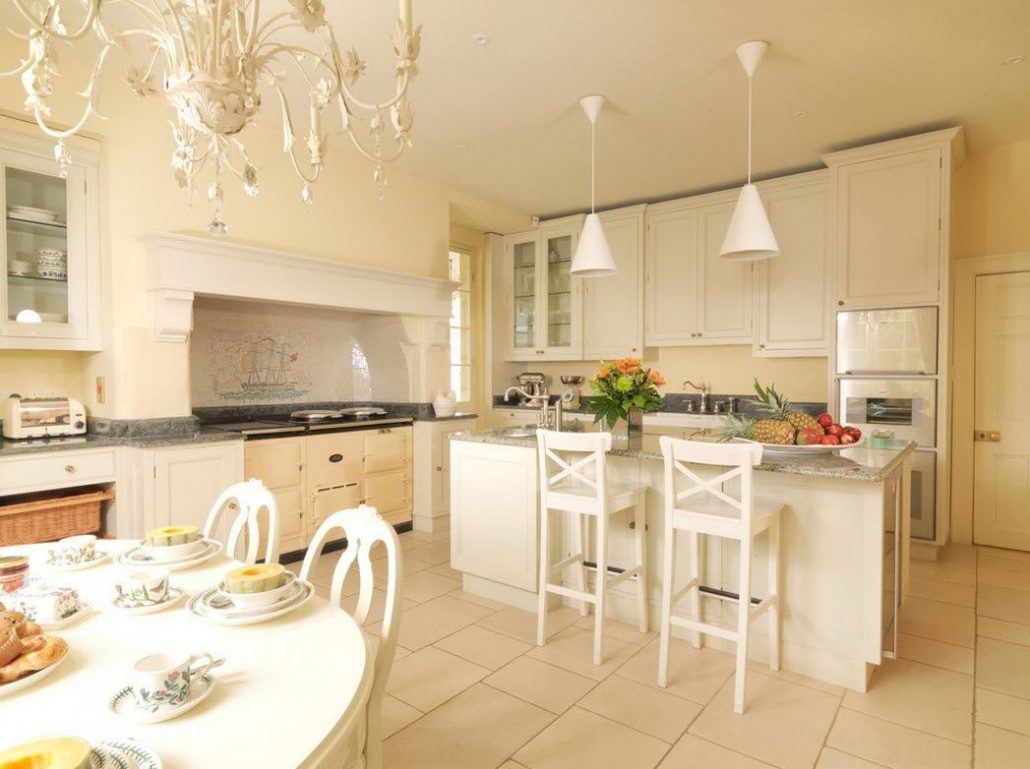
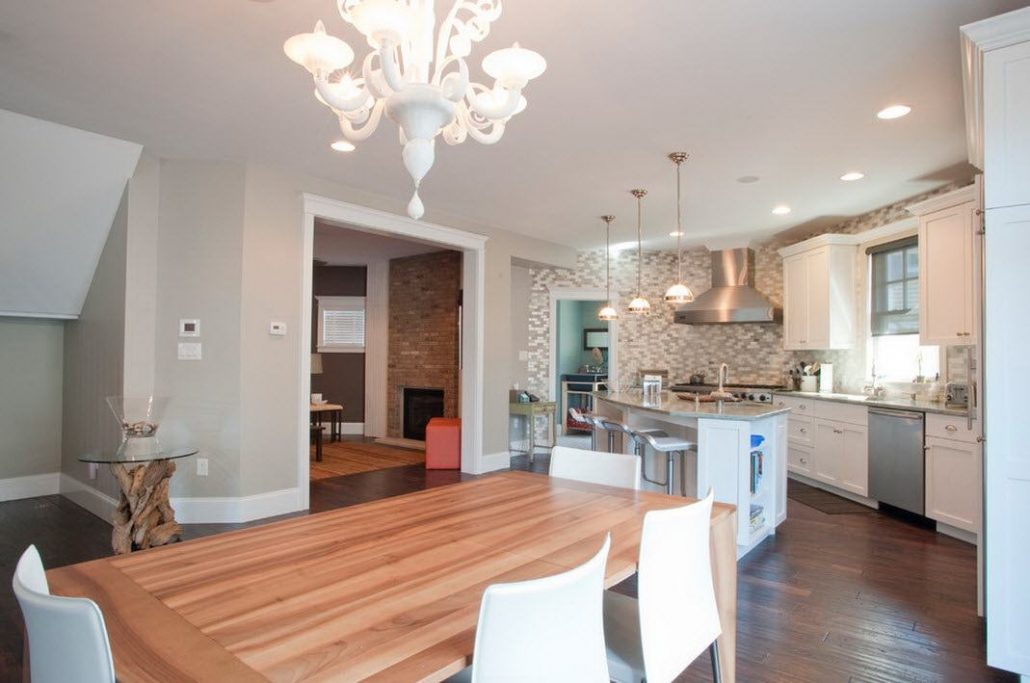

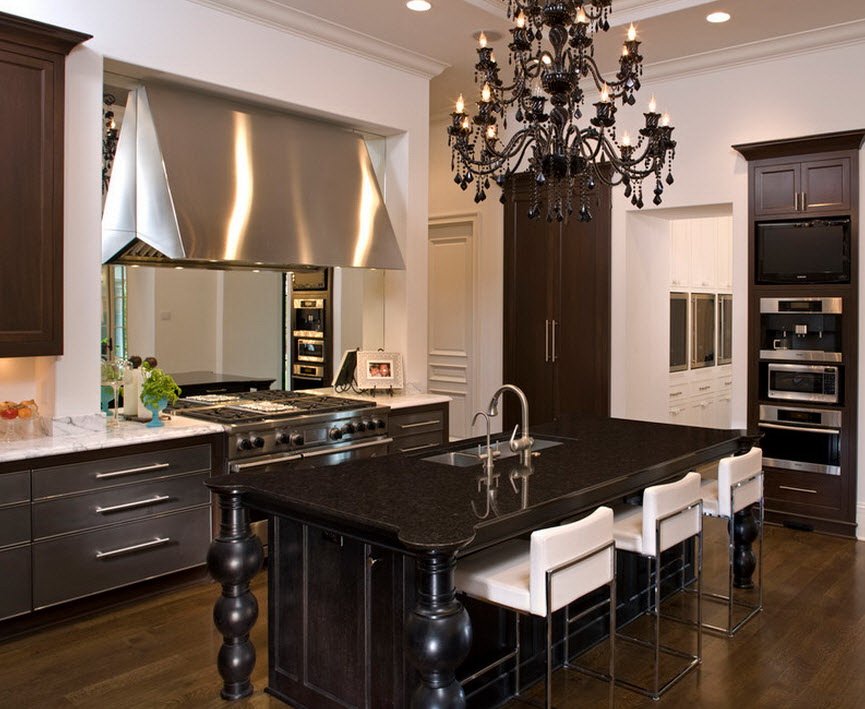
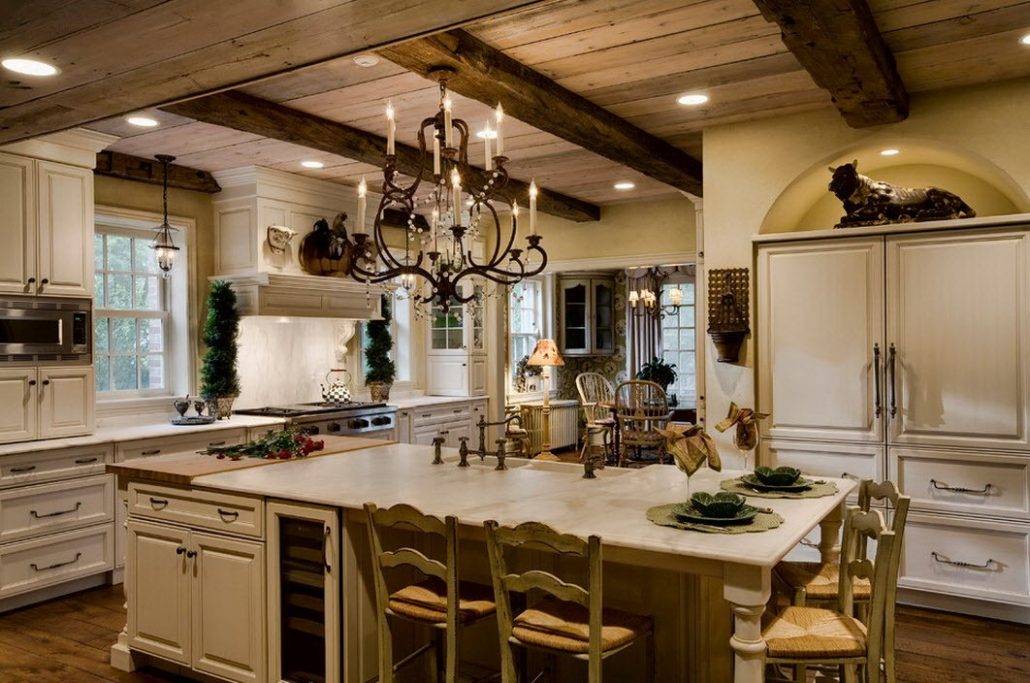
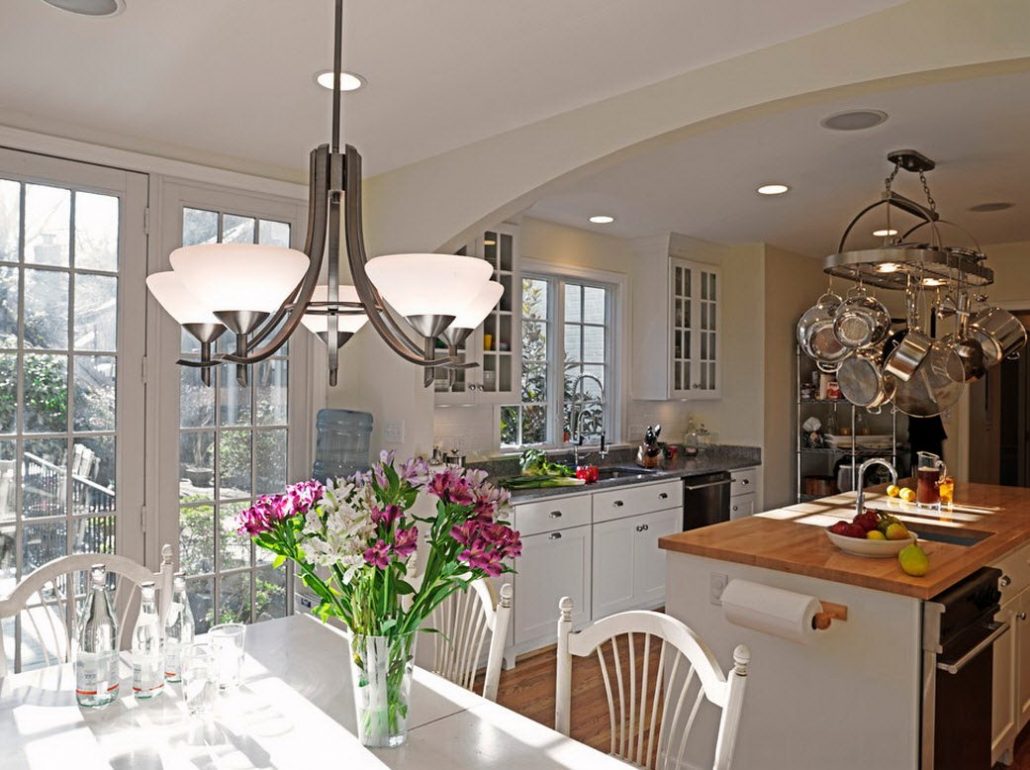
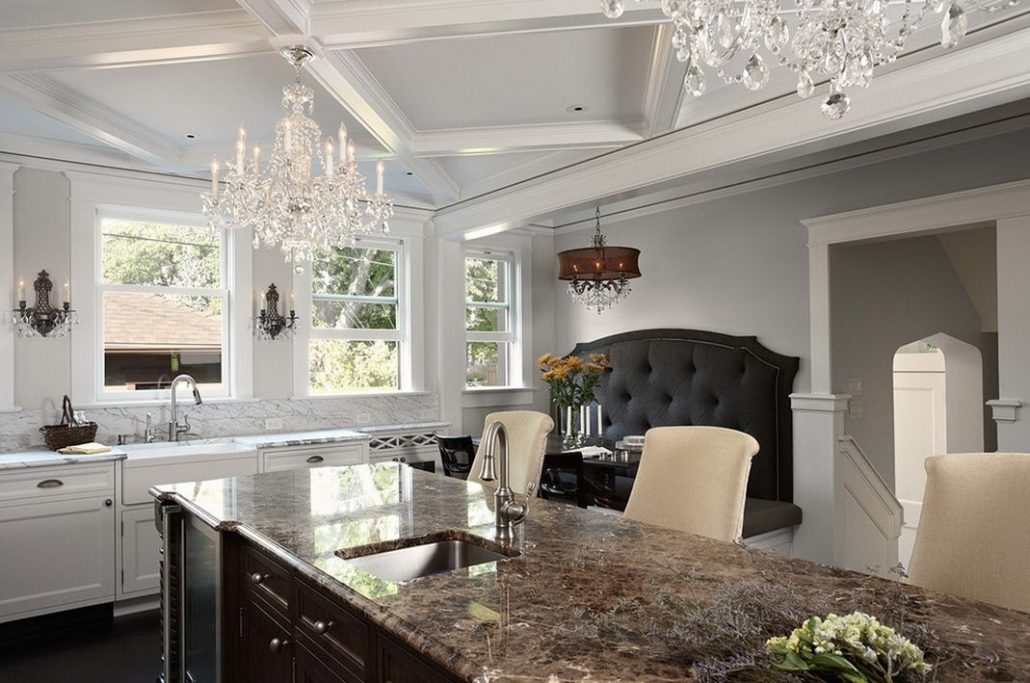
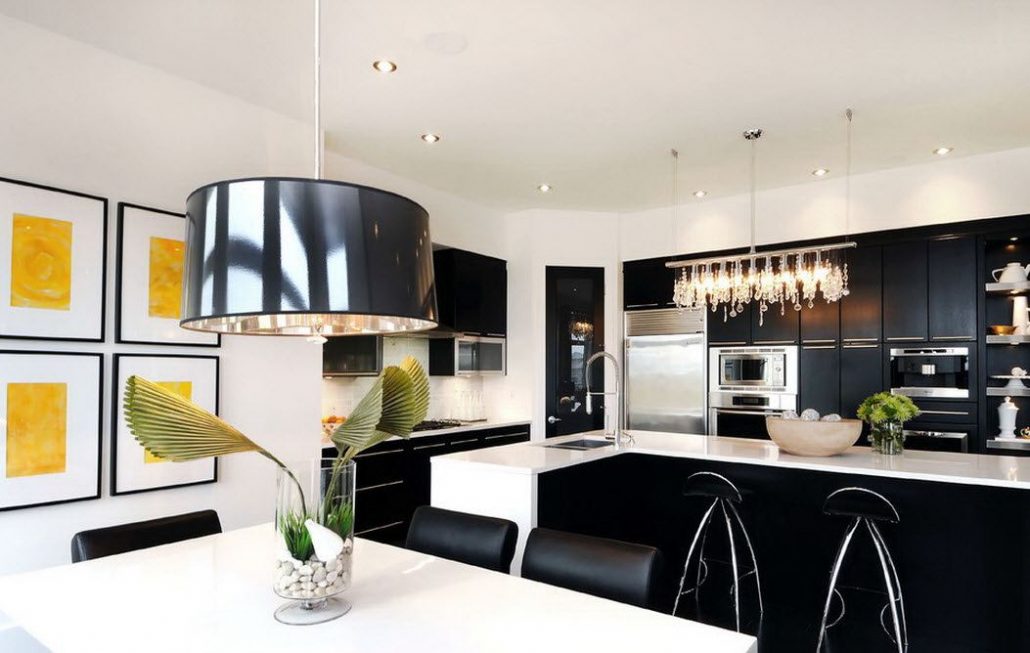

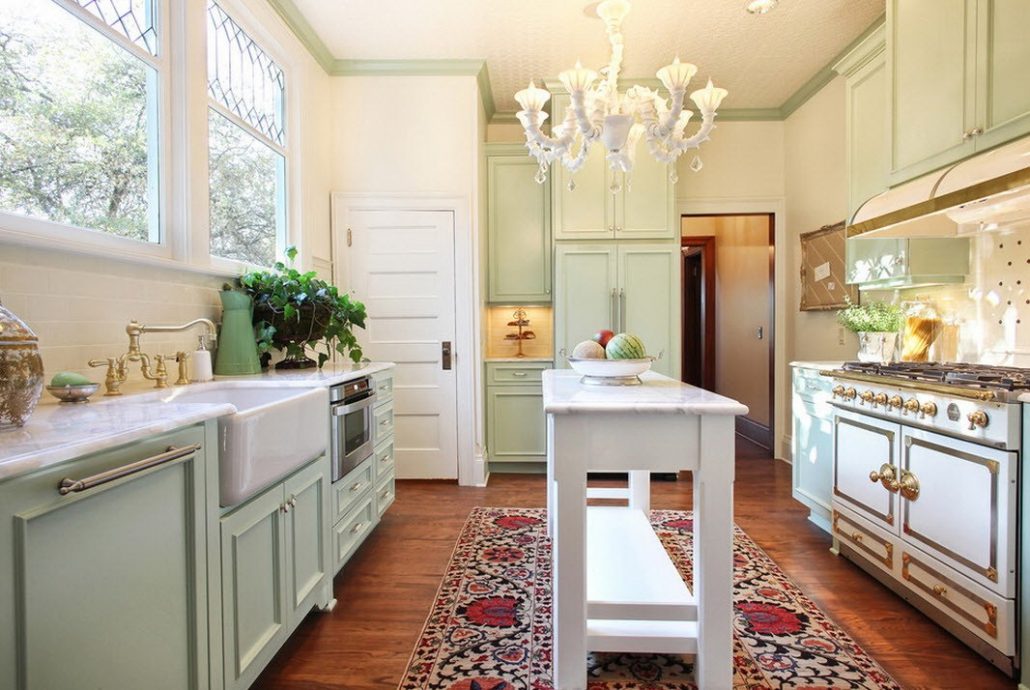

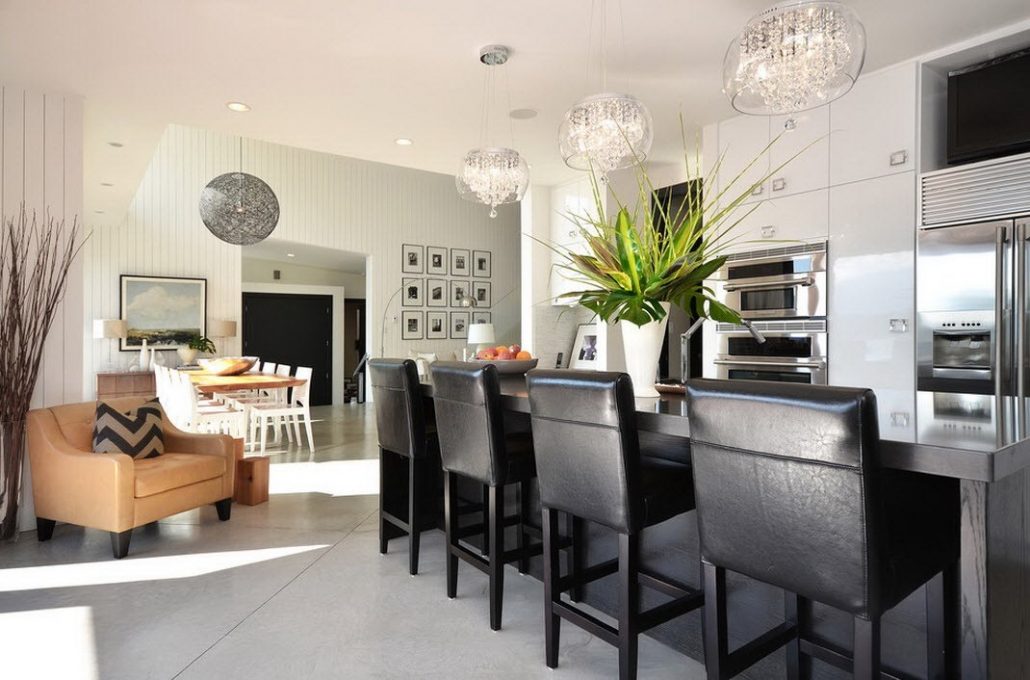
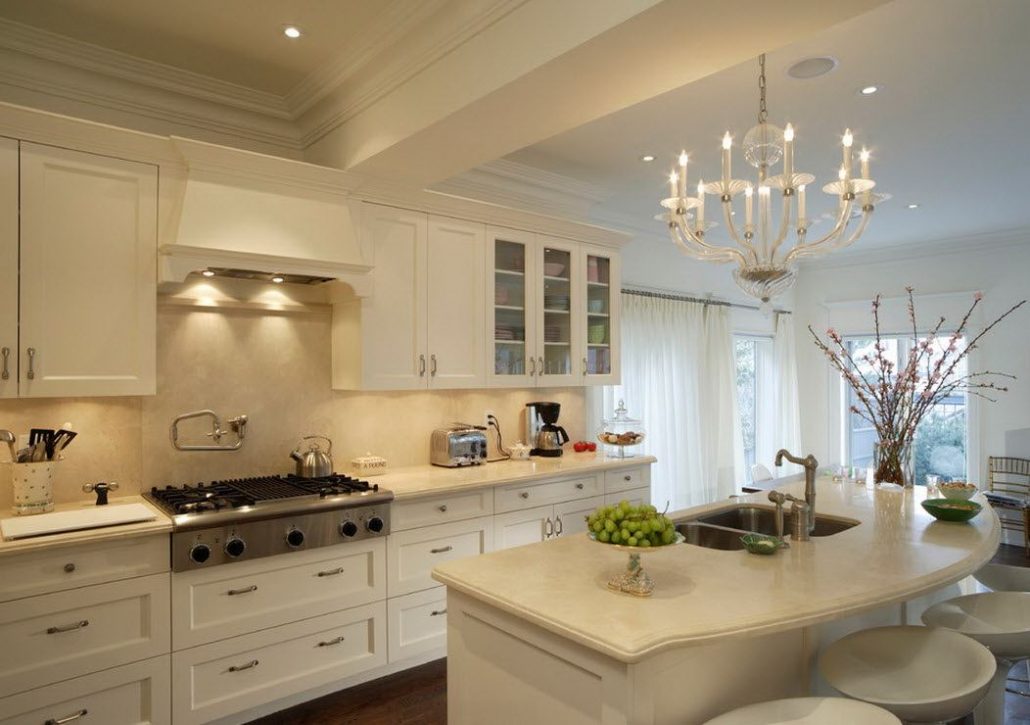
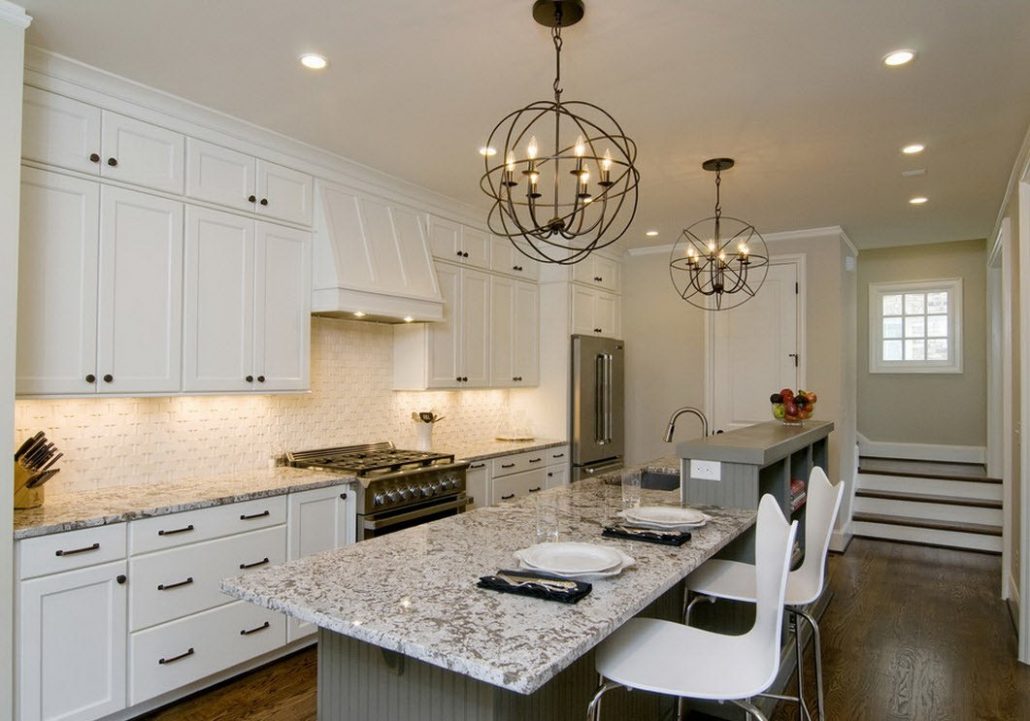

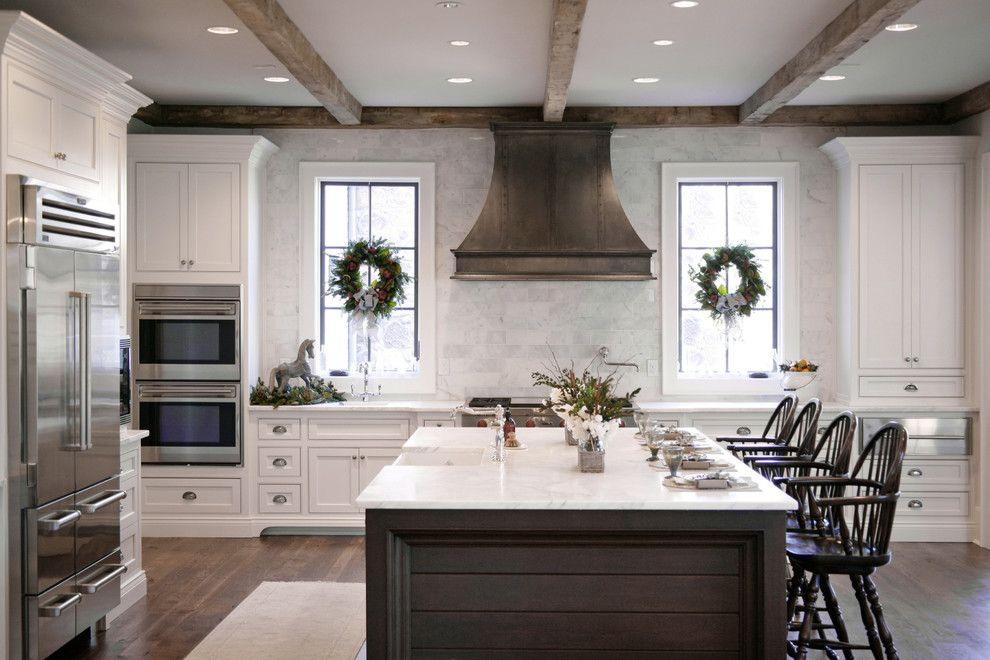


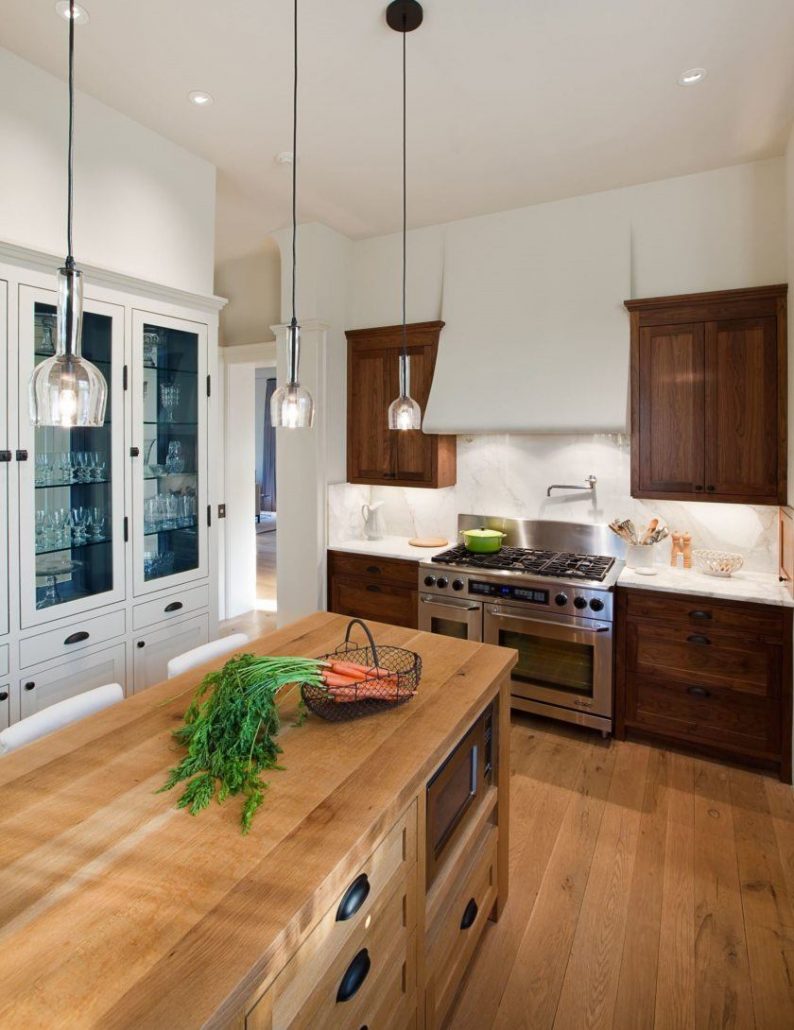





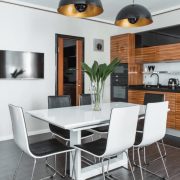
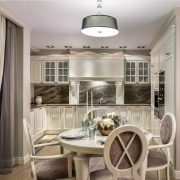



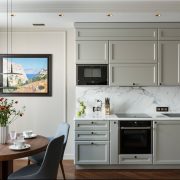

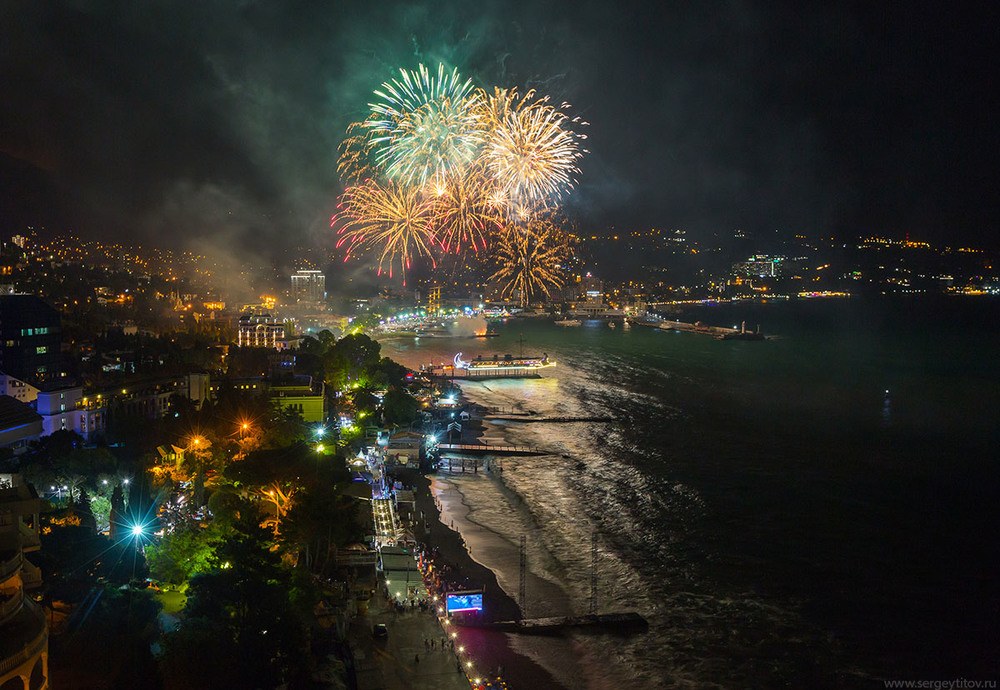
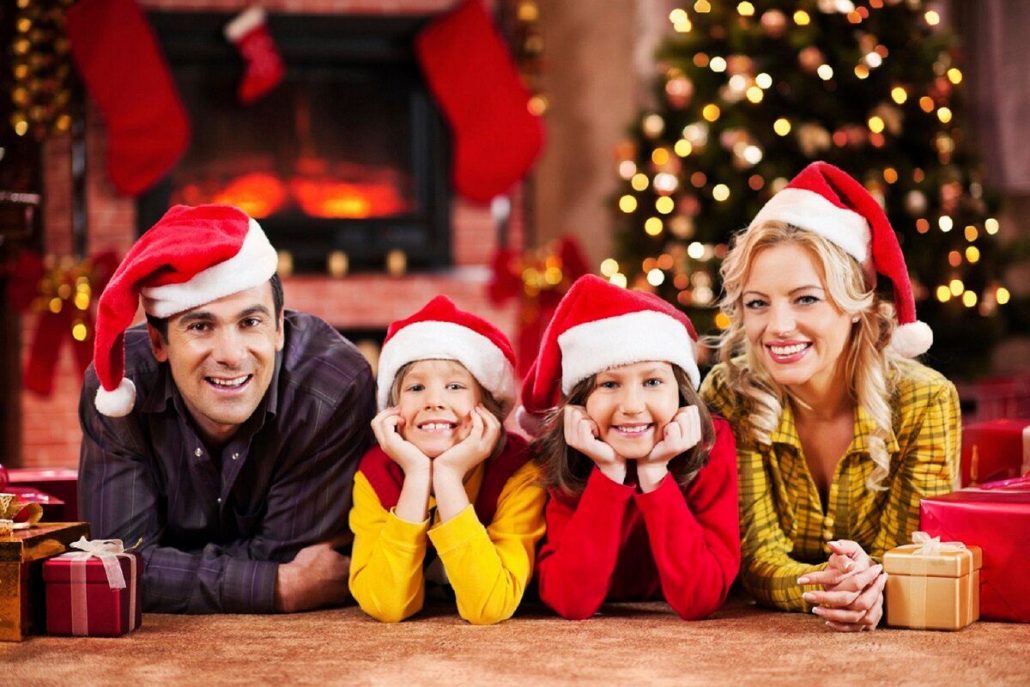
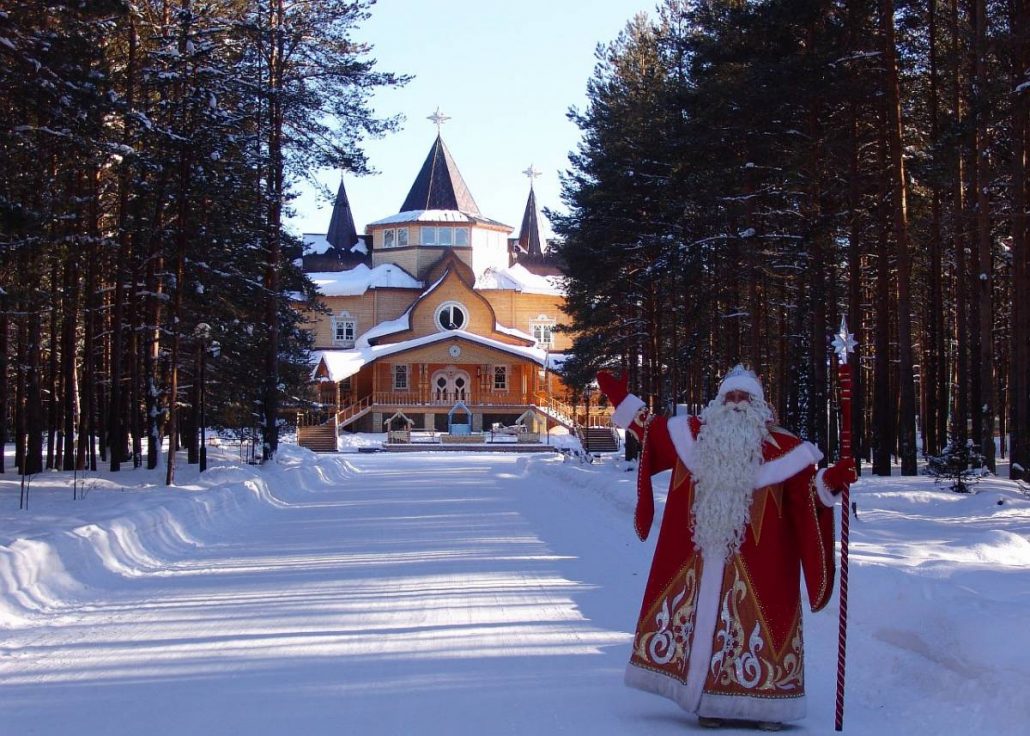



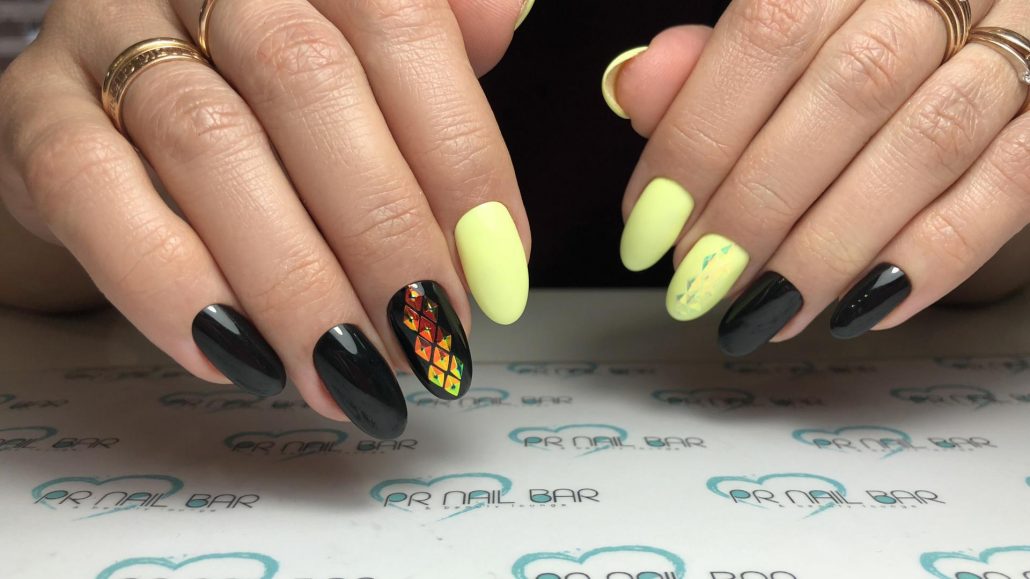
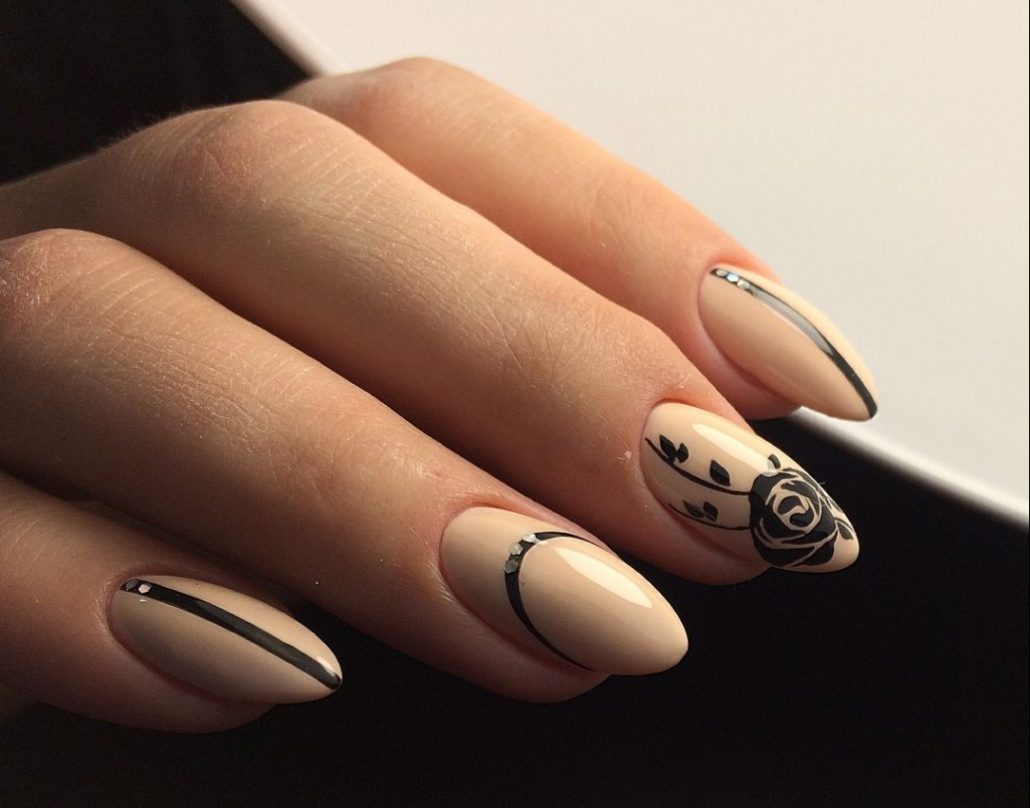


To answer
Want to join the discussion?Feel free to contribute!